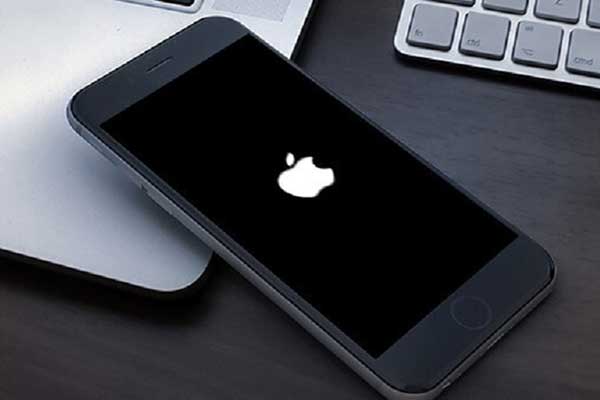
Our phones have become a huge part of our day to day lives, they’ve revolutionized the way we communicate with each other and the world around us. We hold all of our most sensitive, personal, and private information on one device. So, when you start to suspect that your privacy might have been jeopardized, it can be a truly awful feeling.
A data breach is any incident where confidential or sensitive information has been accessed without permission. Breaches are the result of a cyberattack where criminals gain unauthorized access to a computer system or network and steal the private, sensitive, or confidential personal and financial data of the customers or users contained within.
Signs your iPhone is hacked
By following and checking the points on this list, you can easily and quickly determine whether or not your iPhone has possibly been hacked. Please note that these are not definite signs and are just indicators of a potential security breach.
Your battery doesn’t last as long as it used to
It’s normal for a battery to wear down over time and become less efficient – but that’s over a period of years. If you’ve only had your phone a few short months, then something’s wrong.
A phone’s battery draining too quickly can be a sign that there’s something going on in the background. This could just mean that there’s a setting you need to change, or it could mean that your device has been hacked and your privacy has been compromised.
You’re using more data than usual
Now most of us don’t use all of our data every month, but if you’ve been hitting your limit on a regular basis, that might be a sign that there’s something fishy going on.
If you’ve been hacked, hidden software running on your iPhone could be connecting to the internet and passing your information onto third-parties, which will quickly munch through your data.
Your iPhone is acting weird
If you’ve been experiencing some unusual behavior from your phone, or you’ve received some strange text messages, then that’s a sign that something untoward is happening with your phone. That said, it can be normal to sometimes experience weird behavior with apps that take a lot of processing power. Either way, it’s one to look out for
Someone has jailbroken your iPhone
This is a little more advanced, but if you’ve noticed some weird apps on your phone that weren’t there before (namely an app called ‘Cydia’) then this likely means that your iPhone is jailbroken and it is a pretty sure sign you’ve been hacked.
Cydia is an app that requires physical access to the device in order to be installed and if you didn’t install it, then it means someone else did.
Jailbreaking a device opens up a whole host of options for hackers to retrieve data and monitor your device remotely.
It’s also worth mentioning that it is possible for hackers to hide this app even though the phone is actually jailbroken.
Enterprise or Developer apps are installed
With iOS, it’s possible to get around Apple’s security systems by allowing a device to use developer versions of the software. This is usually reserved for apps that aren’t ready to be released to the public yet, or if you work for a company that has an internal app for business use. Nonetheless, it can also be a way for hackers to get around the system.
If you have some apps installed on your phone that doesn’t look right, or that you don’t remember installing, then it’s quite possible that your iPhone has been hacked.
Background noise or electronic interference
This one is pretty rare. We’ve all experienced normal interference whilst on a phone call (you know, the one that sounds like you’re having a conversation with a 90s dial-up modem), but this is different.
To exploit this flaw, hackers would send a seemingly blank message to an iPhone or iPad user’s Mail account – the email app on iOS devices. When the email was opened it would crash the app forcing the user to reboot. During the reboot, hackers would be able to access information on the device.
What makes this attack different from other hacks is users do not need to download any external software or visit a website that contains malicious software (malware). Typically hacks require some action on the part of the victim – those steps make it possible to trace the origin of the attack.
Some businesses create the appearance of security-consciousness by using a secure Wi-Fi network and then publishing the password on a sign on the wall for all customers to see. Unfortunately, this configuration is not any better than providing an unsecured Wi-Fi connection. The password, which acts as a private key for encryption, is now a public key that is available to hackers for decrypting all data streams.
This information can be transmitted to a remote location and potentially misused by an attacker. The information extracted can include messages that are otherwise protected when sent and received by the user, removing the protection offered through encryption. Hackers can also potentially access private files stored on the device, including photos, emails, contact lists, and sensitive information such as WiFi passwords.